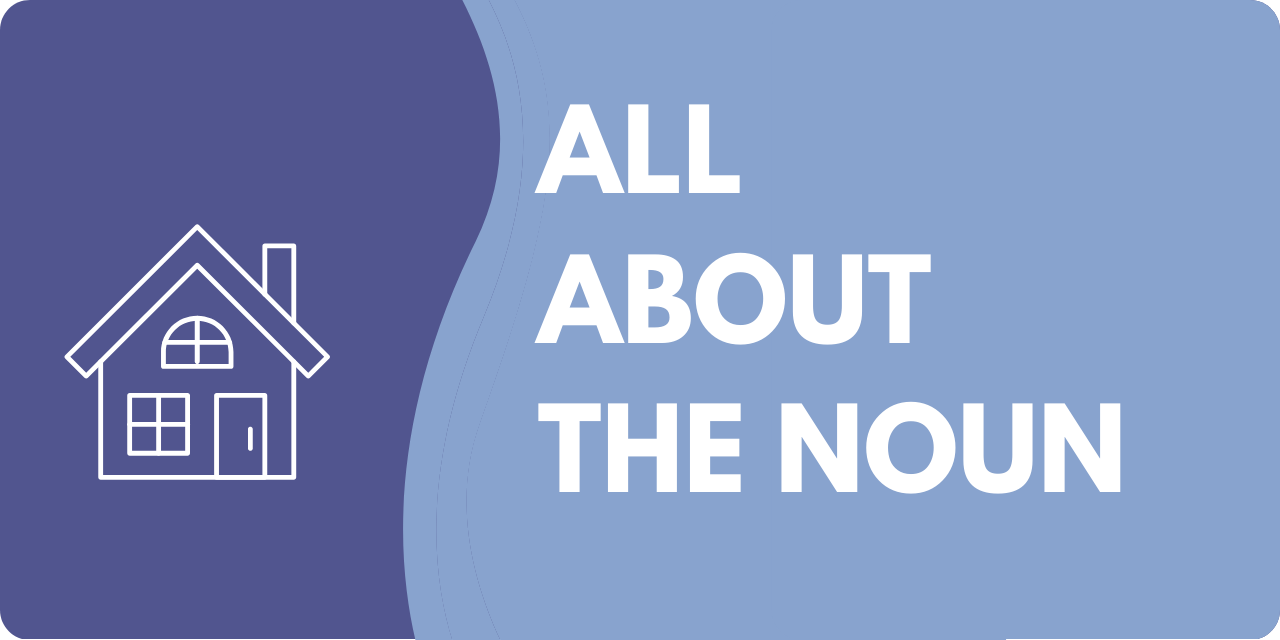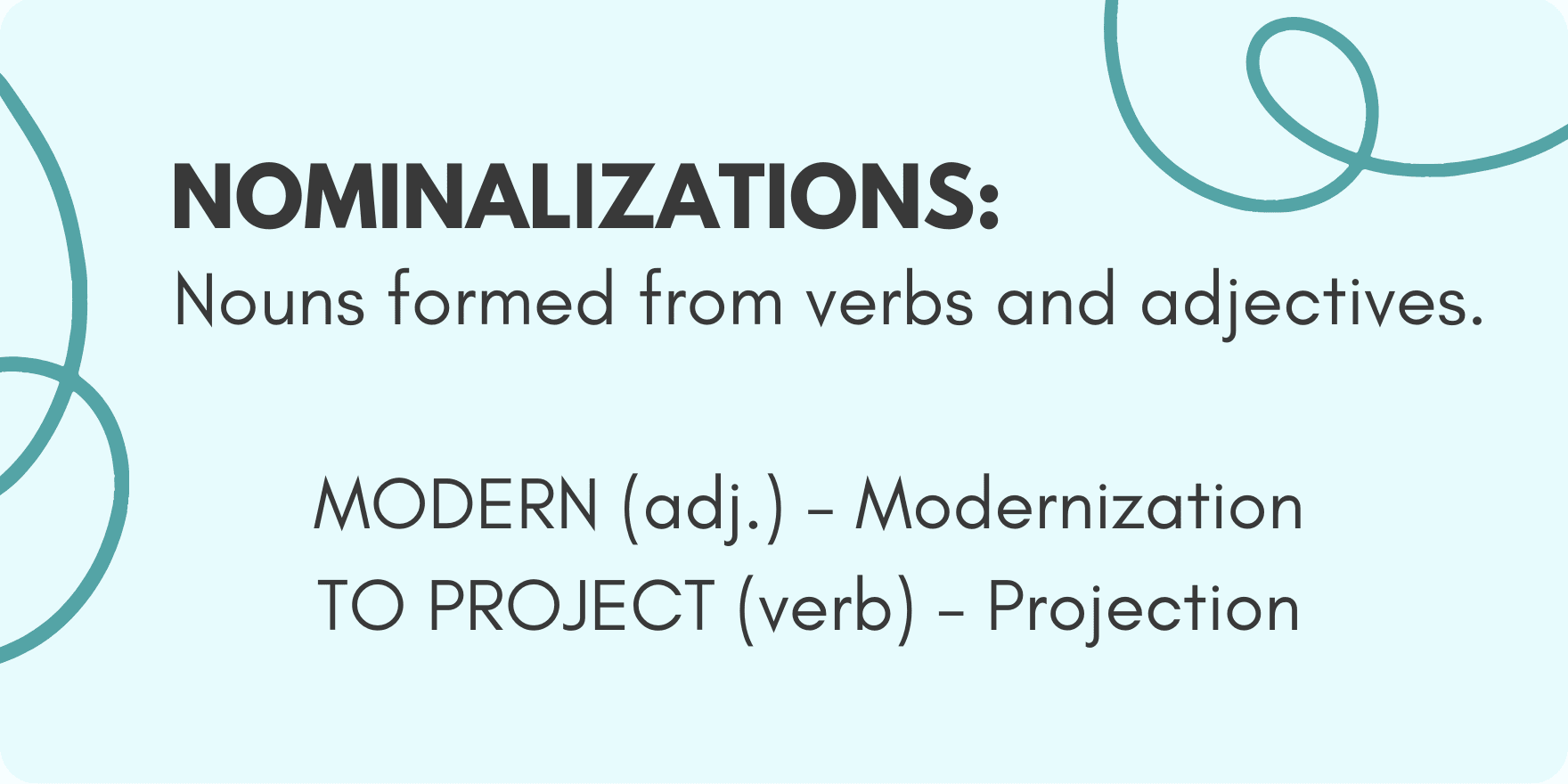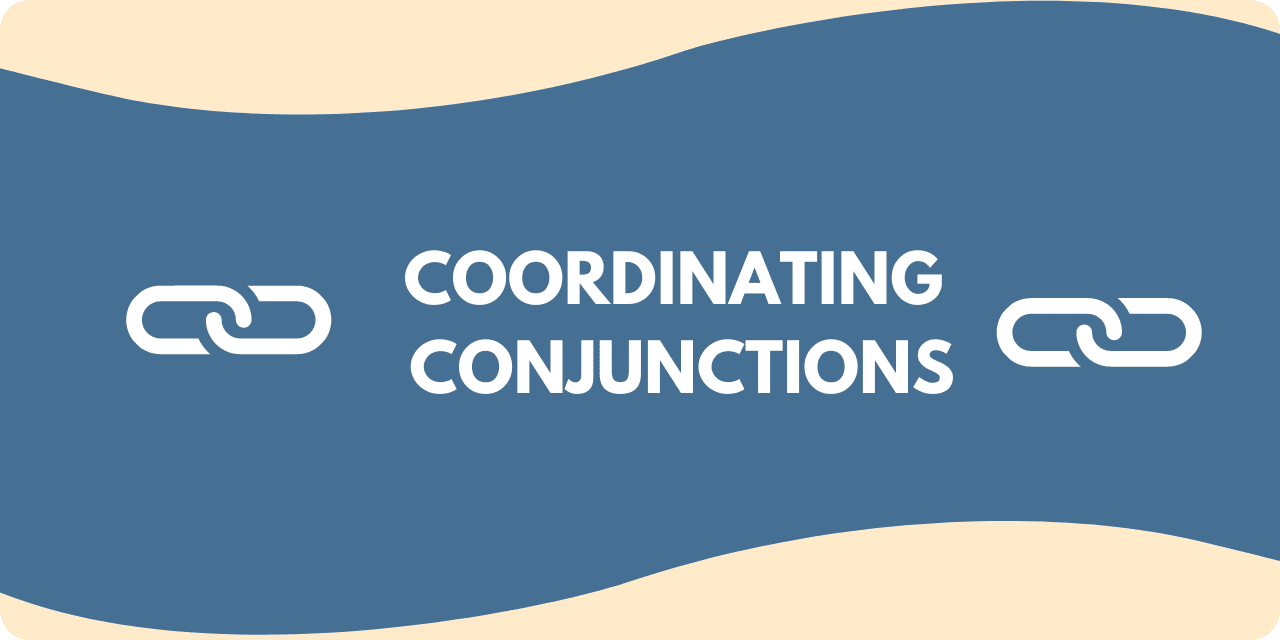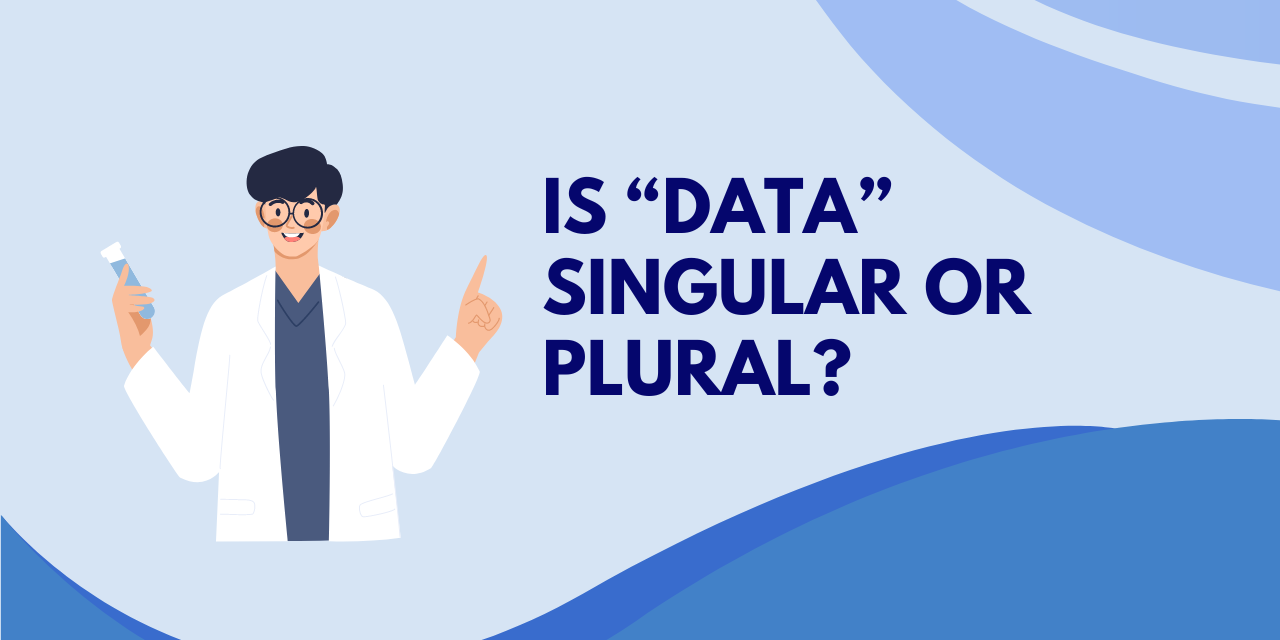Onto vs. on to – its not always easy to differentiate between the two expressions. They sound identical, and when written out, they only look different because of a tiny space. You could be forgiven for thinking onto and on to mean precisely the same thing. However, there is a distinction between them. In writing, you need to be aware of these differences.
Understanding the Difference Between On to and Onto?
To understand the difference between on to and onto, we need to understand what parts of speech they are. From there, we can use the context of a sentence to know which one is correct. It’s not always easy. Still, we will give you some tools to make the distinction.
How to Use Onto
The word onto is a preposition. It means on top of, upon, or to a position. Because onto indicates direction of movement, it also serves a verbal role similar to an adverb. For example:
My dog leaped onto the mailman.
The ballerina jumped onto the stage.
In these examples, onto functions as a preposition, and its objects are mailman and stage.
From an informal rhetorical perspective, the word onto can mean to be mindful of or informed. Here are two examples of that usage type:
He might be wily, but I am onto his game.
The detective was onto the fugitive.
In these sentences, the preposition onto takes the objects game and fugitive.
Using On to
You would employ the two-word phrase on to when the word on is part of a verb phrase. In this usage, the word on is an adverb for the verbal phrase and to functions as a preposition with an object to follow. For example:
The students logged on to the database.
Linda grabbed on to the vase before it fell.
As you can see, these sentences both involve verb phrases: log on and grab on. Additionally, both examples have the word to acting as a preposition for the objects database and vase.
A Trick for Telling Onto and On to Apart
Here’s a tip for an easy way to solve onto vs. on to. If you are writing a sentence that involves one of these two expressions, simply speak the word up before them. If the sentence makes sense, you should us onto. If not, on to is the correct option. Here is a demonstration:
Correct – My dog leaped up onto the mailman.
Incorrect – The students logged up on to the database.
Now, let’s try some practice sentences:
- When we’re on the water, make sure to hang ______ a railing.
- The candidate stepped ______ the chair to give his impromptu speech.
- Once the professor finished his section on Augustus, she moved ______ Tiberius.
- The family climbed ______ the roof to watch the fireworks.
The correct answers are listed at the bottom of this article.
Avoiding Confusion
Bear in mind, both on and onto are prepositions indicating motion toward something:
The child jumped onto the trampoline.
The child jumped on the trampoline.
The toddler is moving toward the trampoline in both of these examples. However, there is an implicit difference. In the first sentence, onto makes clear that the child is moving to the trampoline from an outside position.
Here is another example:
The marching band wandered onto the playing field.
The marching band wandered on the playing field.
In the first example, the marching band is clearly wandering from off the playing field, onto it. The sentence implies directed motion. Conversely, the second example suggests that the band was on the field already and remained there as they wandered.
Please also consider: the preposition on does not always indicate physical motion. For example:
Neil is excellent on cello.
She has a natural charm on television.
In both examples, on does not imply physical movement toward anything.
Key Takeaways of Onto vs. On to
We know we have provided a lot of information. Here are some key takeaway for understanding the difference between onto vs. on to:
- The word onto functions as a preposition. It indication motion toward an object that is more directed than with the preposition
- On to should be written as two words when it is part of a verbal phrase. In these instances, on is an adverb in the phrase and to functions as a preposition.
- A simple way to decide between on or onto is to mentally add the word up before the expression.
Answers
(1) On to, (2) Onto, (3) On to, (4) Onto
Related: Speaking of preposition, here is an article titled “Cut Unnecessary Prepositions–But Not These”
—
Want to sharpen your business writing skills? Discover our acclaimed online courses at syntaxtraining.com






